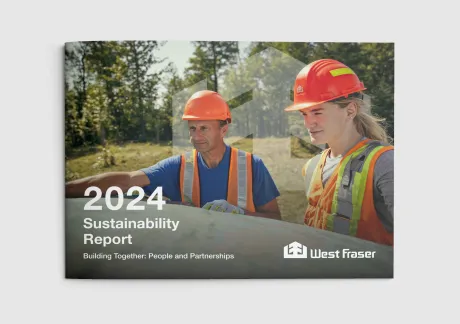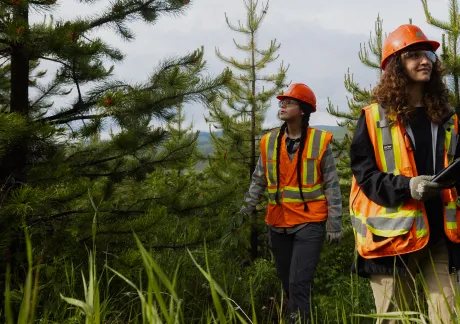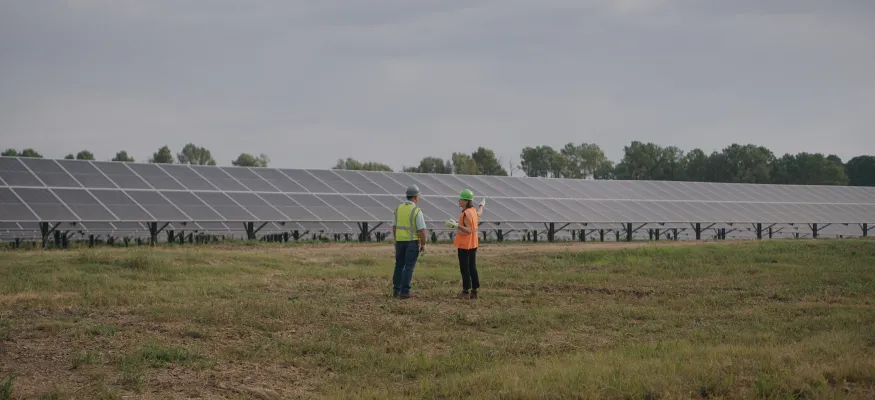
Climate Action
Responsibly Delivering Value
We promote sustainable forestry practices throughout our operations and are actively taking steps to materially reduce our carbon footprint across the company through our 2030 carbon reduction targets.
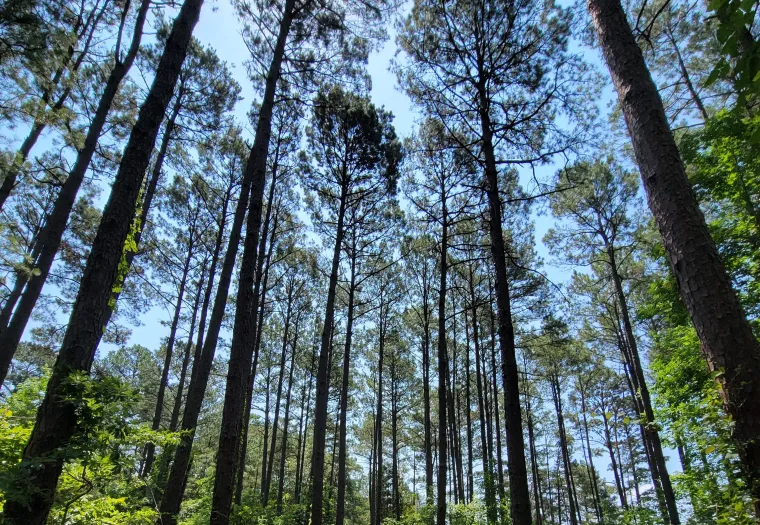
Our climate strategy includes how we prioritize and focus on climate-related initiatives across our company and integrate climate action and resilience into West Fraser’s culture.
West Fraser is on a path to reducing our scope 1 and 2 GHG emissions by 46.2% by 2030 and our scope 3 GHG emissions by 25% by 2030. Our reduction targets have been validated by the Science-Based Targets initiative (SBTi), and are aligned with the 1.5°C goal of the Paris Agreement.
This climate strategy applies to all of our operations located in the United States, Canada and Europe with each mill progressing along a decarbonization roadmap through capital investments in equipment upgrades and sharing of best practices.
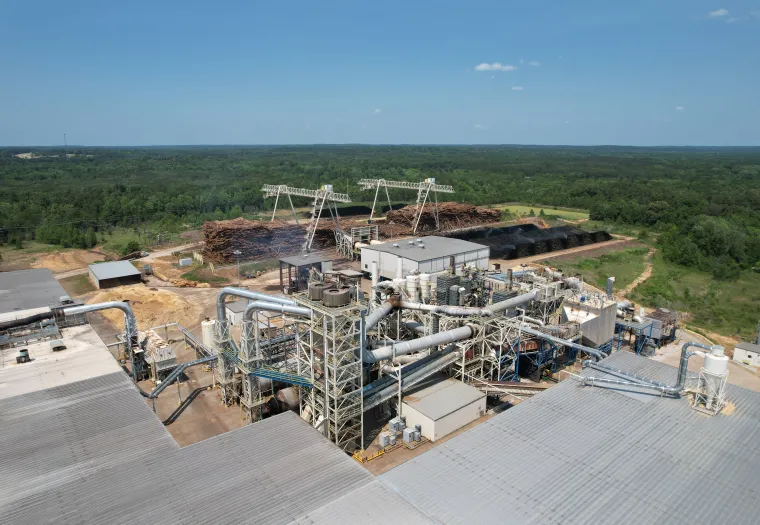
Across our facilities, 77% of energy used comes from renewable sources, playing a role in reducing our environmental impact. Wood residuals (biomass) serve as the primary fuel source for our manufacturing operations, supporting 72% of our energy requirements.
We believe every part of the log has a use. We take residuals like bark from the outside of a log or material left over from making forest products—like sawdust and other components that can’t be used for lumber, panels or pulp—and use it to create carbon-neutral renewable energy.
By converting a waste stream from the mill into a green energy source for generating steam and power on-site, we reduce our reliance on grid power and natural gas. This not only lowers the carbon footprint of our operations but also makes our products more environmentally friendly compared to those produced with more carbon-intensive materials or energy sources.
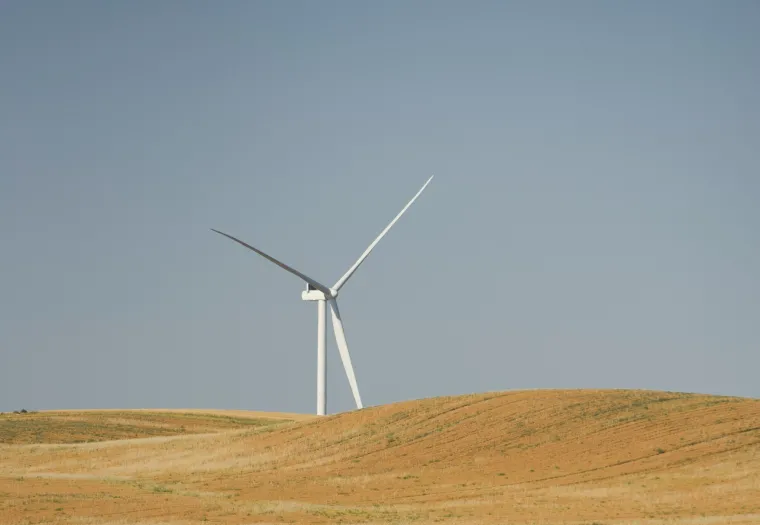
We also seek green energy from grid-based renewable energy or onsite solar. We use a number of strategies reflecting regional opportunities.
Our European mills procure 100% of their electricity from renewable sources. In Alberta, we’ve invested in solar and wind virtual power purchase agreements where the cost is competitive with fossil fuel-generated electricity, and now we are helping green up the Alberta grid while also addressing a portion of our scope 2 SBTi targets.
Recently, at two of our U.S. mills, we built and are piloting onsite solar farms, further addressing our scope 2 carbon reduction targets.
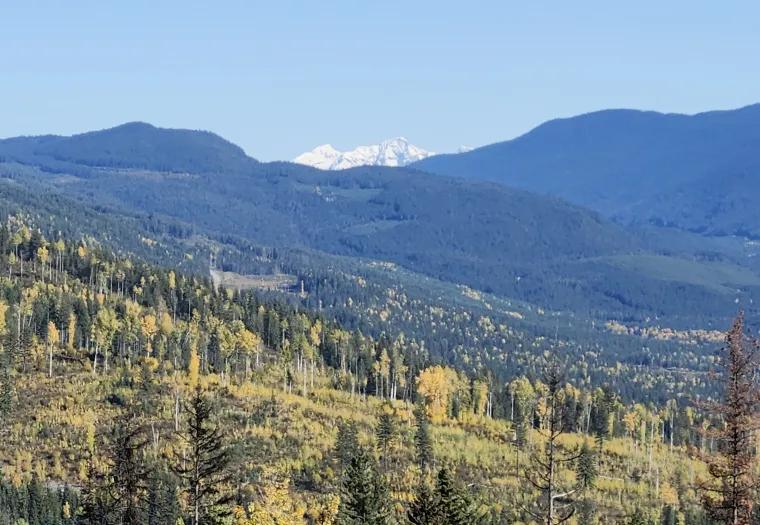
Because healthy forests absorb carbon, sustainable forest management can help curb climate change. Trees absorb carbon as they grow and, when made into wood products, continue to store that carbon over their lifetime. Natural regeneration and planting continue this cycle. Healthy forests act as carbon sinks, absorbing atmospheric carbon dioxide and helping mitigate climate change. However, their effectiveness is impacted by factors like deforestation, degradation, wildfires, and pests. Sustainable forest management is essential to optimally managing ecosystem carbon, and maintaining forest health and resilience for ongoing climate change mitigation.
It is essential to keep healthy forests thriving. When forests, burn or decay, whether by old age, fire, insect attack or other disturbances, they release carbon into the atmosphere. Proactively managing forests with techniques like thinning stands helps to reduce the potential impacts of disturbances in the forest.
West Fraser identifies climate risks and impacts across the forested areas we manage in British Columbia and Alberta, and we promote sustainable practices across our operations outlined in our Sustainable Forest and Wood Procurement Policy. We account for carbon emissions and savings at every step of the process, from forest harvesting to the final use of the wood products we manufacture.
Due to the evolving nature of carbon accounting in the forestry industry, we are continuing to enhance our governance and our approach to help us reach our sustainability targets.
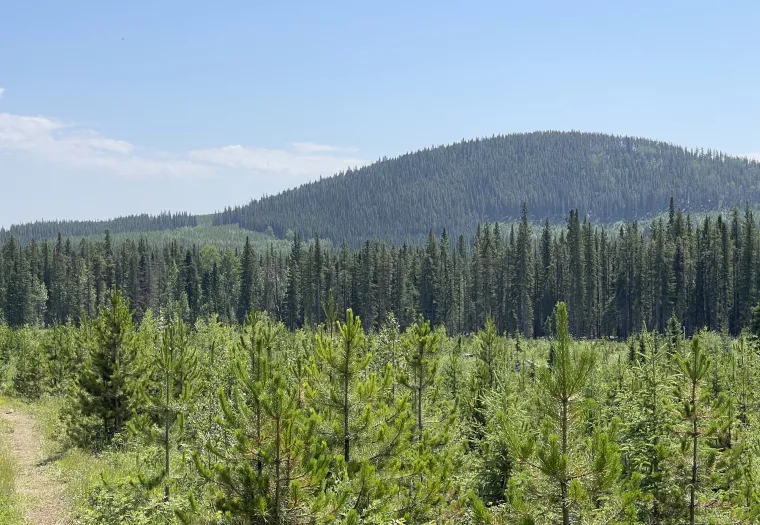
We have performed a financial assessment of our climate risks using different climate scenarios and time horizons. We work with our internal audit team to integrate material climate risks into our risk register for our enterprise risk management.
